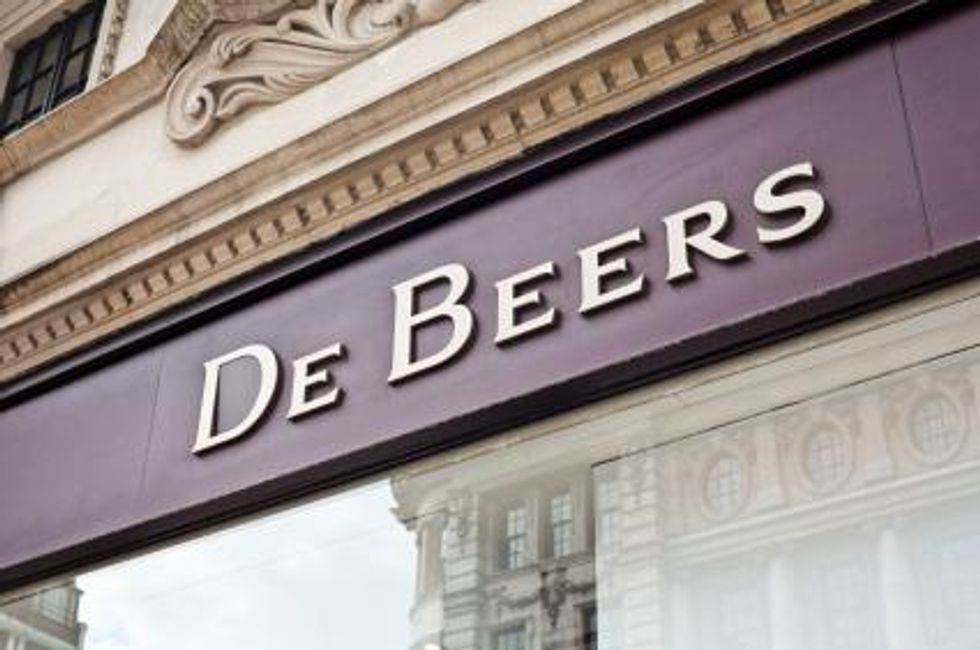De Beers’ Secrets Revealed: Here’s What You Need to Know
Anglo American, De Beers’ majority shareholder, has revealed previously unreleased information about the diamond powerhouse.
Diamond giant De Beers’ share of the rough diamond market has fallen substantially from its peak of over 80 percent in the 1980s, but the company still has a bit of a shady reputation.
Indeed, as industry expert Paul Zimnisky said earlier this year, many outside the diamond space believe De Beers’ monopoly remains in place, viewing the company as the disingenuous entity described in Edward Jay Epstein’s famous 1982 Atlantic article.
However, in reality those days are long past. At the moment De Beers holds about a 36-percent share of the rough diamond market, as per Zimnisky, and though that number should rise to 40 percent when Gahcho Kue opens, it’s clear De Beers is not the all-encompassing entity it once was.
It’s also become much less secretive, a fact that became clear last week during a presentation put on by Anglo American (LSE:AAL), De Beers’ majority shareholder. It saw the company outline key diamond market trends moving forward, with highlights including:
- Supply: Globally, about 146 million carats (valued at $18 billion) were mined in 2013. However, production is set to drop after 2020.
- Demand: “Unlike demand for precious metals the only driver of value for diamonds is end-consumer demand for jewellery,” states the report. As a result, diamond demand is “strongly correlated with growth in economic activity.” The US is seen remaining the top market for polished diamonds, but with the Chinese middle class growing, that country is also set to become a key diamond consumer — specifically, demand should hit $31 billion in 2018.
- Consumer needs: The “[s]hifting needs” of new consumers are expected to make branding and ethical sourcing more important.
- Value chain: Governments of countries that produce diamonds “will seek increased value chain participation.” Meanwhile, all aspects of the value chain will be impacted by technology.
- Online channels: Online channels will become more important in diamond trading.
However, it also revealed information De Beers has never made public before, including “where its best diamonds come from and how much they fetch per carat,” as per Bloomberg. (For those wondering, in 2013, De Beers recovered 22.1 million carats from Botswana — significantly more than it brought in from Canada, Namibia and South Africa — with that country also achieving the highest diamond grade).
That — and other — data hasn’t been released before largely due to the fact that De Beers used to be a private company owned by the Oppenheimer family. However, the family sold its remaining 40-percent stake to Anglo American a couple of years ago, and now Anglo CEO Mark Cutifani is hoping that a move towards transparency will attract more investors.
According to Jeremy Wrathall, head of global natural resources at Investec, the move is a good one. He told Bloomberg, “[s]hareholders’ best interests are served by transparency, disclosure and openness,” adding, “[t]hey can’t pull the shutters down and say ‘no.’” Meanwhile, Anish Aggarwal, a partner at Antwerp-based industry consulting firm Gemdax, told the news outlet that last week’s presentation coupled with the release of an industry report in September “help make De Beers more attractive as an asset.”
That said, Anglo isn’t being entirely selfish with its plan to bring in investors. Bloomberg points out that diamond prices have increased around 75 percent over the last five years, and Anglo sees further brightness ahead for the gems — as mentioned, the company predicts that diamond demand will hit $31 billion in 2018. It’s thus possible that investors could stand to benefit from taking a stake in De Beers via Anglo American. Certainly an opportunity for diamond enthusiasts to consider moving forward.
Securities Disclosure: I, Charlotte McLeod, hold no direct investment interest in any company mentioned in this article.
